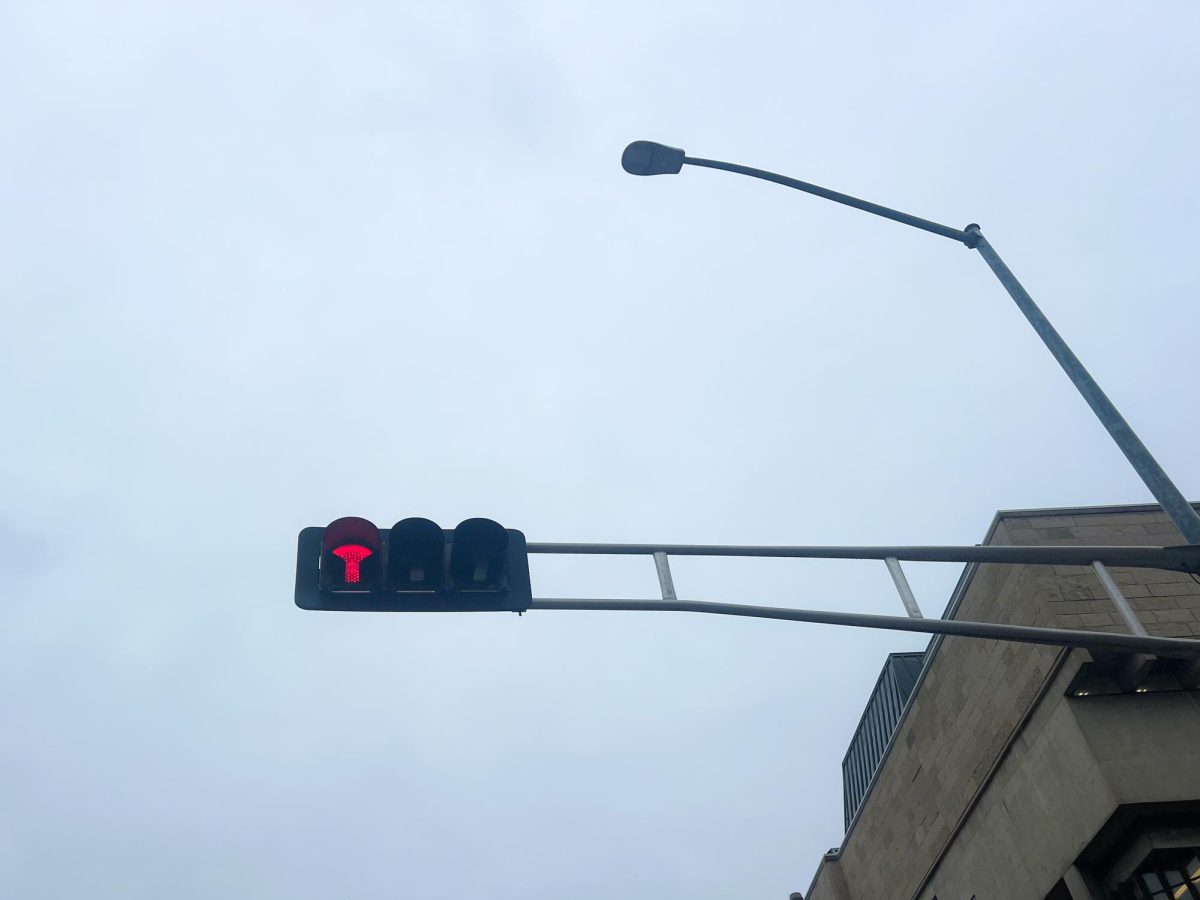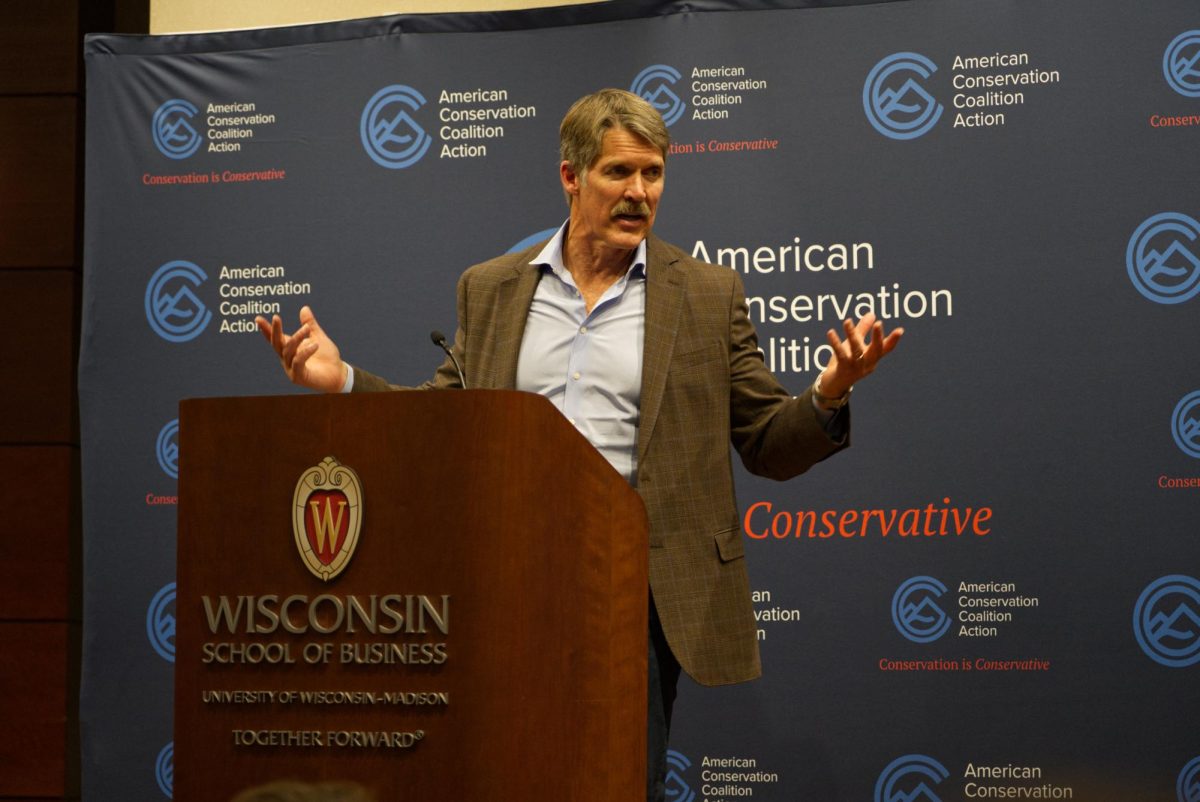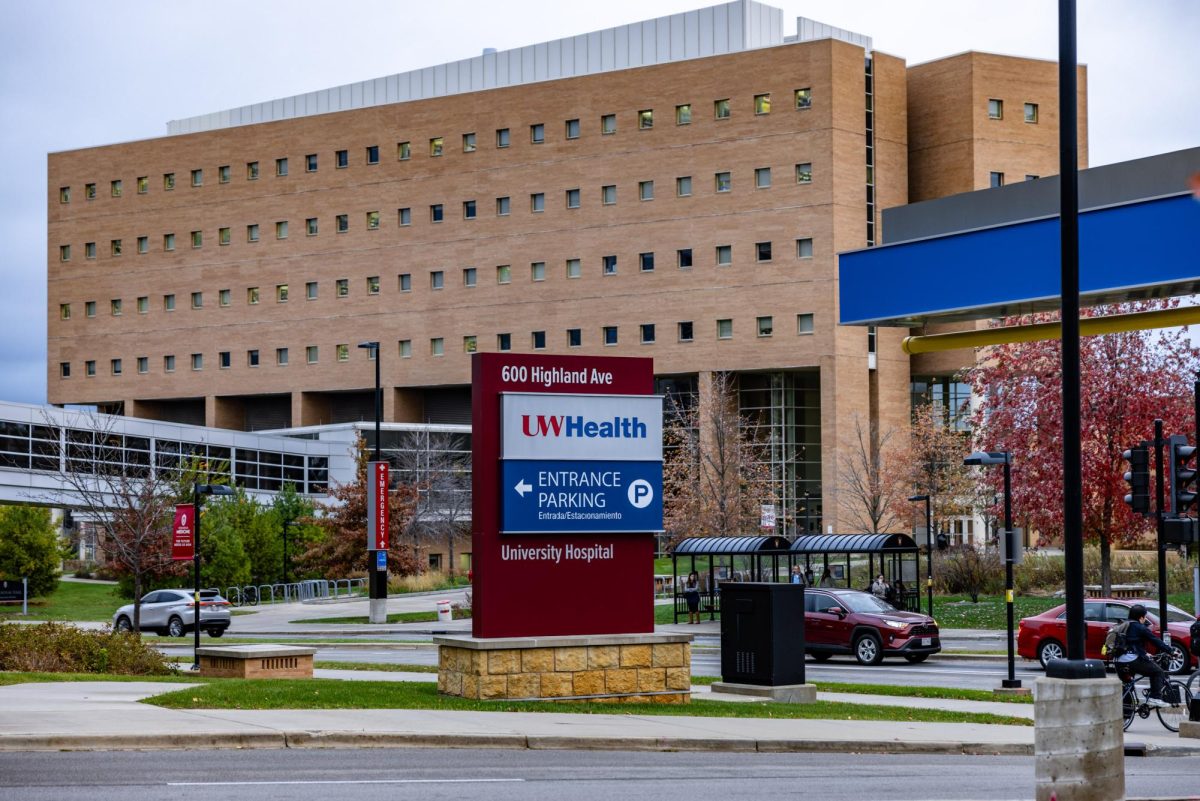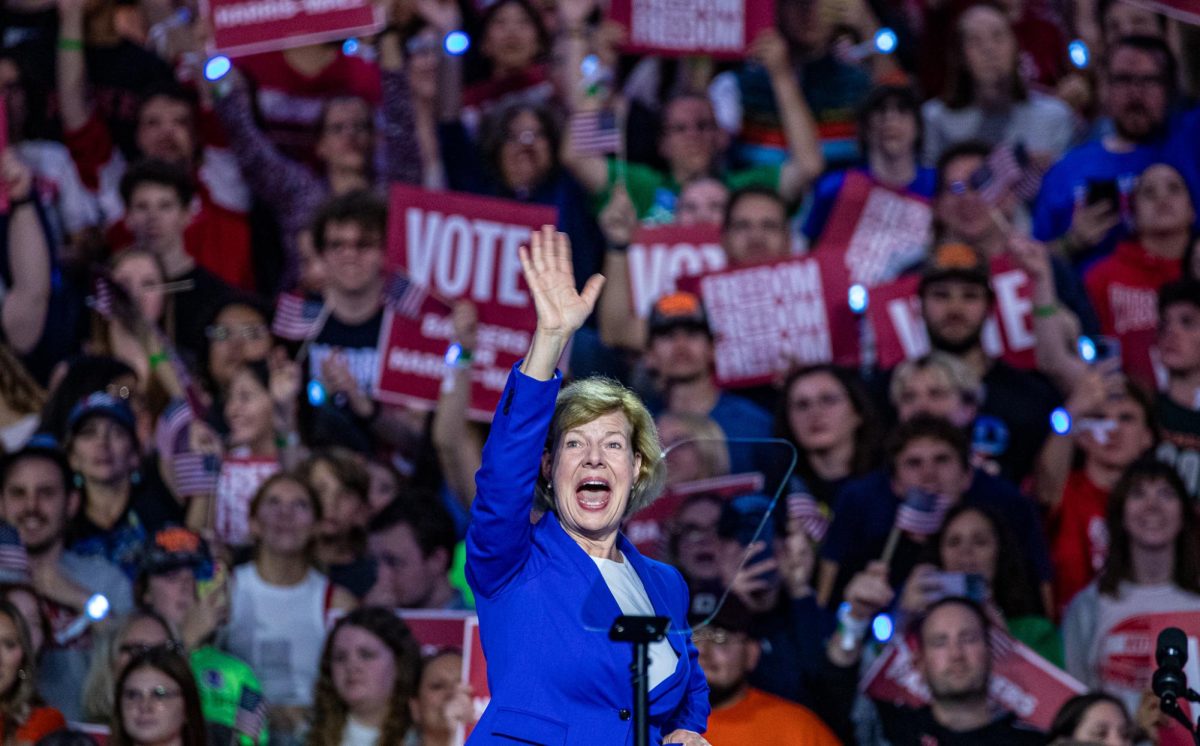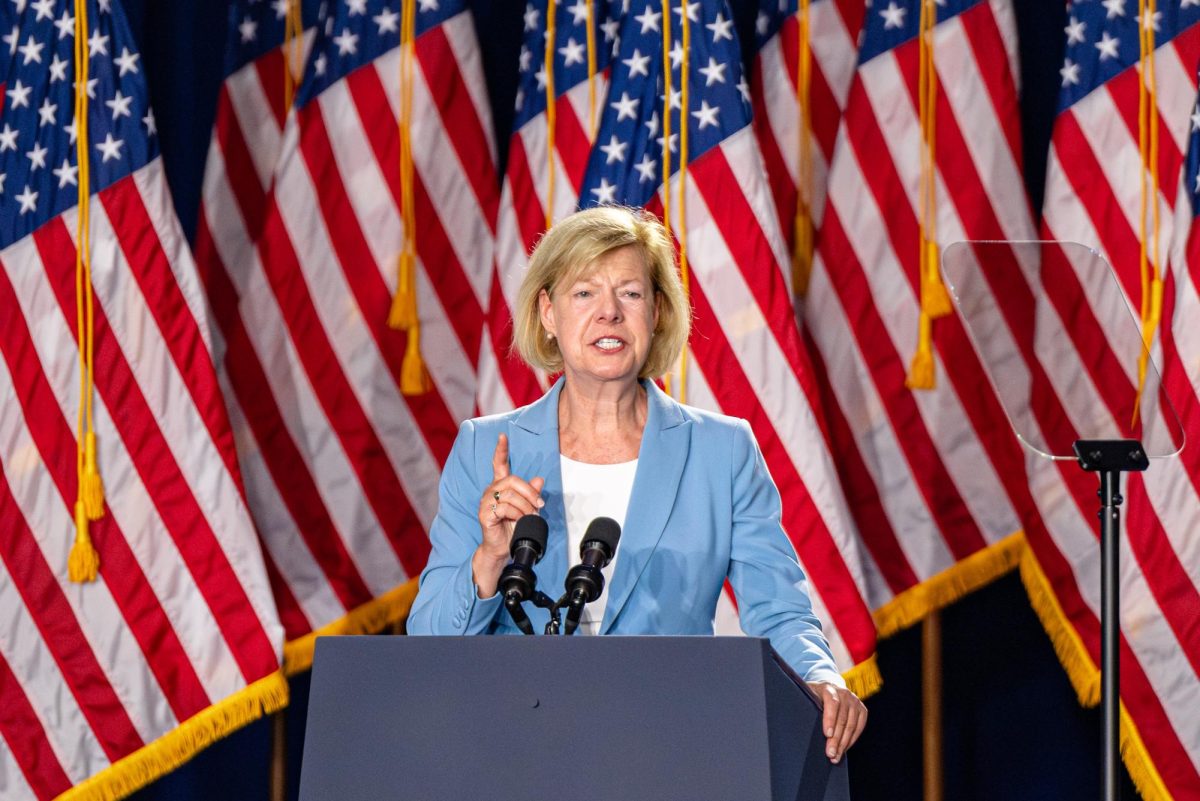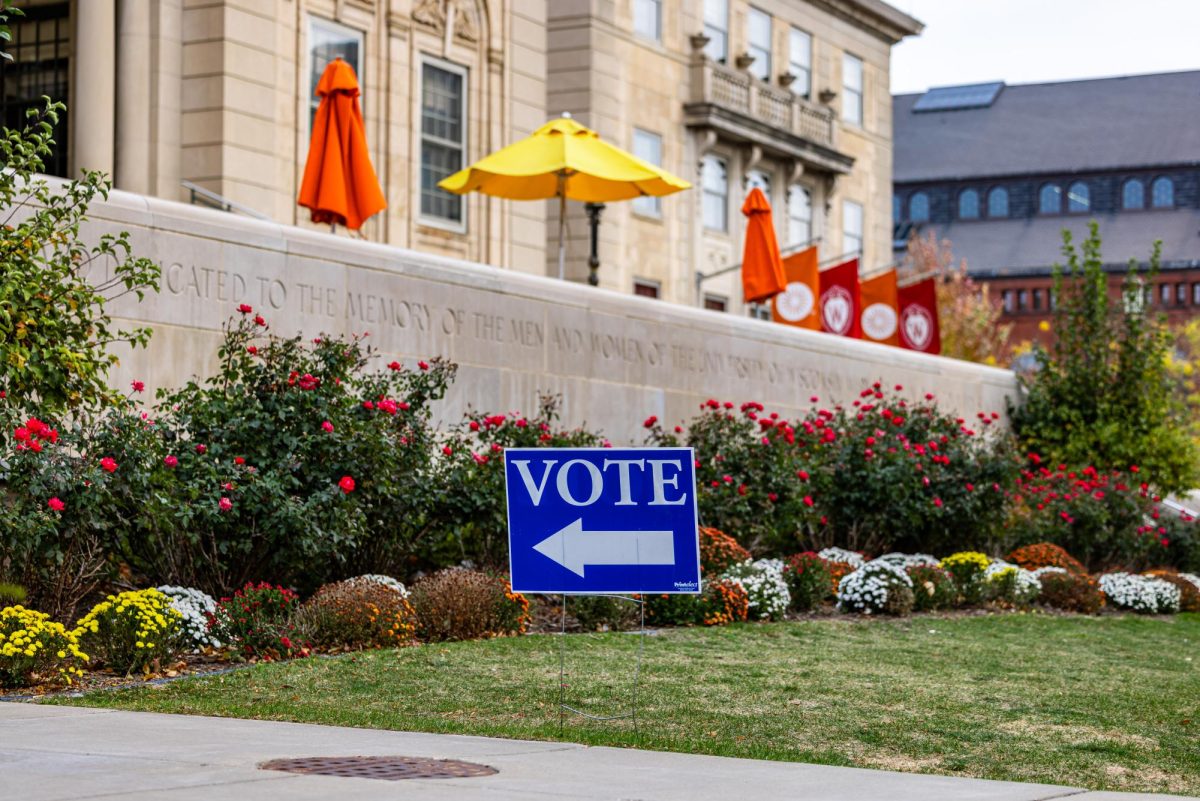In a recent annual national report from a millennial think tank, which graded all states on their budget support for higher education, Wisconsin got a D+ grade.
Sara Goldrick-Rab, University of Wisconsin education policy studies professor, said the grade is accurate and state leaders need to do more.
“I think we deserve the grade we got, to be honest,” Goldrick-Rab said.
The think tank, called Young Invincibles, is a group dedicated to representing the political interests of 18 to 34-year-olds by conducting research, sharing youth stories, designing campaigns and informing the public, according to their website.
The analysis focused on college cost burdens, financial aid and attainment equity across races.
Student and family financial burden
In the report, Wisconsin received an F for spending on students.
Wisconsin spends $5,786 per student, which is below the national average of $6,311, according to the study. Additionally, families in Wisconsin pay for 48 percent of college costs, according to the report card.
Goldrick-Rab said lack of state funding is putting more of a burden on families.
“The state has declined to fund each student in the same amount that they they have in the past, and therefore, are funding less and less of their education and asking students and families to take up a greater share of the bill themselves,” Goldrick-Rab said.
Financial aid has decreased even though the cost of living has increased, she added.
Noel Radomski, Wisconsin Center for the Advancement of Postsecondary Education director, said the solution is to either increase funding from the state or decrease budget cuts.
$250 million cut to UW System remains as Assembly passes state budget
Achievement gap
Wisconsin also received an F for attainment equity, and was the second worst in the nation in this category.
Forty-five percent of white students in Wisconsin will achieve a post-secondary degree, while only 22 percent of black students will — a 23 percent gap.
Radomski said one of the best ways to start solving achievement inequalities is to focus on equity at the K-12 level. He said admissions officers need to aggressively recruit in middle schools and high schools where there are qualified, underrepresented students.
Eric Williams, Assistant Vice Provost for Student Diversity and Academic Excellence at UW, said UW has a program that works to help middle school and high school students prepare for college and acts as a pre-college pipeline that specifically targets low-income students and students of color.
Goldrick-Rab said more seats need to be opened up at UW to allow for more minorities to attend.
Comparing Wisconsin schools
Radomski said other UW schools have fared worse than UW-Madison since the budget cuts.
“We now have great inequalities of the institutions within the UW System,” Radomski said.
One act the UW System needs to take, Radomski said, is to change its funding allocation formula so funds are best distributed between schools. He said it doesn’t make sense to have UW receiving more funding since other schools are struggling more.
UW-Milwaukee requests closing of funding gap with UW-Madison
Goldrick-Rab said another significant move Wisconsin could make is to coordinate between four-year institutions and community and tech colleges, so they stop competing with each other for funding.
Wisconsin’s successes
Wisconsin is, however, doing comparatively well in two categories: tuition and state priorities.
Wisconsin received a C- for tuition because four-year schools are less expensive than the national average, but two-year schools are still more.
In a statement, Gov. Scott Walker pointed to the four-year tuition freeze for saving students an average of $6,311 each.
Wisconsin received an A- for making education a state priority. Education made up 14 percent of total budget expenditures in 2013, above the national average of 12 percent, according to the report card.
Walker recently released a package to provide more support for higher education, and emphasized his dedication to college affordability.
”We want to continue working together to make higher education more accessible and more affordable for Wisconsin students and families,” Walker said in a statement.
Walker proposes plan to make college more affordable, but no financial aid increase for UW System
Looking forward
Radomski said the changes in Walker’s package were “minimal,” and encouraged Walker to make more significant budget changes during the 2017-19 biennial budget. Radomski suggested increasing state revenue, decreasing cuts and increasing need-based financial aid as possible solutions.
In their study, Young Invincibles recommended Wisconsin legislators “reinvest in higher education.” Their report said despite some successes, Wisconsin needs to focus on closing the achievement gap and decreasing cost burdens.
Alex Hummel, UW System spokesperson, said in an email to The Badger Herald the Young Invincible’s report focuses on challenges the UW System faces, and said the system has plans to improve Wisconsin’s higher education in the upcoming year.
“We have a host of priorities and initiatives ahead in 2016 that we will advance in partnership with students, staff, faculty, legislators and our many stakeholders throughout Wisconsin,” Hummel said. “We are looking forward to a productive year.”








